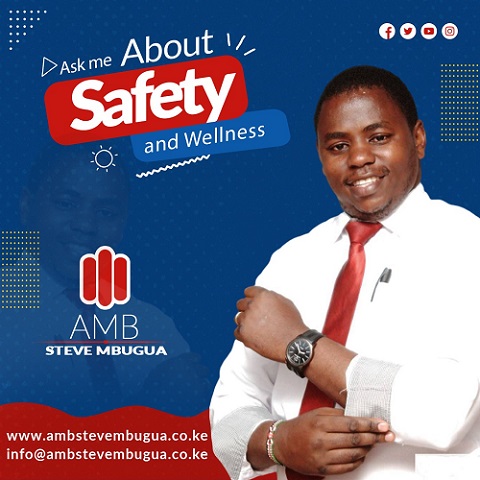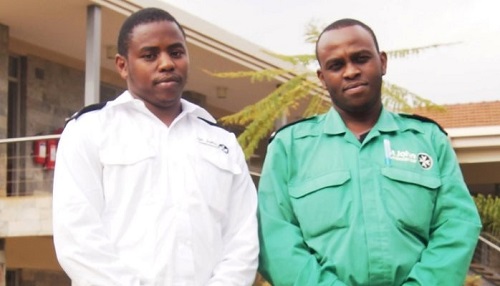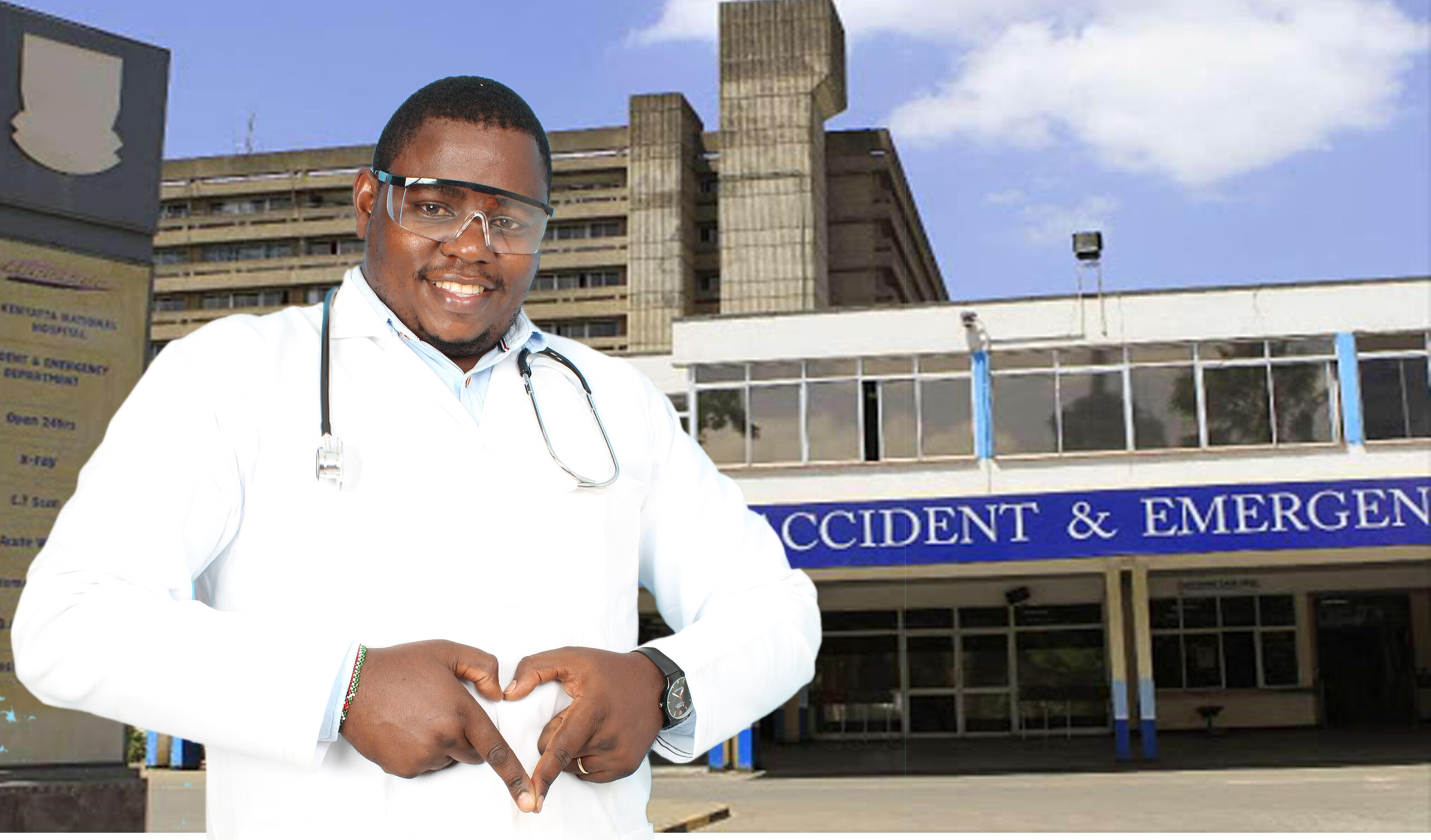Space and aerospace exploration has always captured the human imagination. The idea of venturing into space to explore new frontiers is both thrilling and fraught with numerous challenges, primarily related to safety. With advancements in technology and the increase in space missions, both manned and unmanned, ensuring safety in space exploration is now more critical than ever.
As Ambassador Steve Mbugua, a global advocate for safety, I understand that safety isn’t just about the equipment; it’s about a mindset, a commitment to preventing, preparing for, and responding to incidents in a way that ensures the security and well-being of all involved. The same applies to the field of space and aerospace safety. From the astronauts who go into space to the equipment used in missions, every element must be meticulously designed and managed to mitigate potential risks.
This article explores potential safety hazards in space and aerospace missions, steps to ensure safety, key considerations for ensuring safety in this domain, significant incidents in space exploration history, and latest trends in health, safety, security, and environment (HSSE) in space and aerospace safety.
Potential Safety Hazards in Space and Aerospace
- Radiation Exposure: Space radiation is a significant threat to astronauts, especially during long missions to places like Mars.
- Space Debris: Over 27,000 pieces of space debris are tracked, posing risks to spacecraft and astronauts.
- Microgravity Effects: Long-term exposure to microgravity can lead to muscle atrophy, bone loss, and other health problems.
- Extreme Temperature Fluctuations: Spacecraft and astronauts experience extreme temperatures, ranging from scorching to freezing.
- Atmospheric Re-entry: Returning to Earth involves high-speed re-entry into the atmosphere, which poses heat and pressure risks.
- Loss of Cabin Pressure: Sudden decompression in space can be fatal without immediate safety measures.
- Psychological Stress: Isolation, confinement, and prolonged missions can lead to psychological strain for astronauts.
- Fire Hazards: Though rare, fires in oxygen-rich environments like spacecraft can spread rapidly.
- Equipment Malfunctions: Critical equipment failure, from life support systems to navigation tools, can be catastrophic.
- Human Error: Mistakes made by astronauts or mission control can have devastating effects.
- Inadequate Oxygen Supply: A malfunctioning oxygen system can lead to life-threatening situations.
- Collision with Other Space Objects: With more satellites and missions in space, the risk of collision increases.
- Fuel Leaks or Explosions: Rocket fuel can be volatile, and any leak or explosion could be deadly.
- Contamination: Introduction of unknown contaminants or pathogens from space back to Earth poses risks.
- Spacecraft Structural Failures: Weak or faulty spacecraft structures can compromise the integrity of the entire mission.
Steps to Ensure Space and Aerospace Safety
- Thorough Pre-Mission Testing: Every piece of equipment and system should undergo rigorous testing before deployment.
- Radiation Shielding: Use advanced materials to shield astronauts and spacecraft from harmful space radiation.
- Debris Tracking and Avoidance Systems: Equip spacecraft with systems to monitor and avoid collisions with space debris.
- Personal Protective Gear: Ensure astronauts have well-functioning spacesuits that protect against environmental hazards.
- Redundant Systems: Design spacecraft with backup systems for critical components such as oxygen, navigation, and power.
- Psychological Support Programs: Provide mental health support and counseling for astronauts during long missions.
- Regular Spacewalk Training: Equip astronauts with skills to handle emergencies during spacewalks (extravehicular activities).
- Fire Suppression Systems: Develop reliable fire detection and suppression systems for spacecraft.
- Health Monitoring: Continuous monitoring of astronauts’ vitals to catch potential health issues early.
- Real-Time Communication with Earth: Maintain constant communication between astronauts and mission control.
- Risk Analysis and Contingency Planning: Conduct detailed risk assessments and establish protocols for potential emergencies.
- Improved Materials for Spacecraft: Use high-strength, lightweight materials for spacecraft to prevent structural failures.
- Quarantine Procedures: Implement quarantine protocols for astronauts returning from space to prevent contamination.
- Fuel and Propellant Safety Protocols: Follow strict handling and storage protocols for rocket fuel and propellants.
- Post-Mission Health Assessments: Conduct comprehensive medical assessments for astronauts after each mission.
Key Considerations for Space and Aerospace Safety
- Astronaut Health and Well-being: Ensure that physical and mental health of astronauts is a priority.
- Technological Redundancies: Having backups for critical systems is essential in a hostile environment like space.
- Long-Term Mission Challenges: Address the unique challenges posed by long-duration missions, such as Mars exploration.
- Inter-agency Collaboration: Cooperation between agencies like NASA, ESA, and private companies can enhance safety protocols.
- Environmental Sustainability in Space: Consider the impact of space missions on the outer space environment.
- Space Tourism: With space tourism on the rise, there are new safety challenges and considerations.
- Regulatory Standards: Ensure missions comply with international space safety regulations.
- Data Security and Cyber Threats: Spacecraft and systems are vulnerable to cyber-attacks, which can compromise safety.
- Budget Allocations for Safety: Adequate funding must be dedicated to developing and maintaining safety systems.
- Emerging Technologies: Keep up with advancements in technology that could improve space and aerospace safety.
Significant Incidents in Space Exploration History
- Apollo 1 (1967): A cabin fire during a pre-flight test killed three astronauts.
- Apollo 13 (1970): A critical oxygen tank explosion forced an emergency return to Earth.
- Challenger Disaster (1986): The space shuttle broke apart 73 seconds into flight, killing all seven crew members.
- Columbia Disaster (2003): Columbia disintegrated upon re-entry due to heat shield damage, killing seven astronauts.
- Soyuz 11 (1971): A depressurization event killed three Soviet cosmonauts.
- Soyuz 1 (1967): Cosmonaut Vladimir Komarov was killed when the parachutes on his capsule failed.
- SpaceX Falcon 9 Explosion (2016): Rocket exploded during a routine pre-launch test.
- Shuttle Discovery (2005): A large piece of foam broke off, damaging the thermal protection system.
- Progress M-34 Collision (1997): Cargo spacecraft collided with Mir Space Station, damaging a module.
- Apollo 12 Lightning Strike (1969): The spacecraft was struck by lightning twice during launch, but the mission continued.
- Vostok 2 (1961): A fire broke out aboard the launch vehicle.
- Cosmos 954 (1978): A Soviet satellite crashed in Canada, spreading radioactive debris.
- Gemini 8 (1966): A thruster malfunction led to a dangerous spin during docking.
- Salyut 7 Incident (1985): Salyut 7 lost power, and a mission was launched to rescue it.
- ISS Ammonia Leak (2013): A cooling system leak was discovered on the International Space Station.
Latest Trends in HSSE for Space and Aerospace
- AI-Driven Hazard Detection Systems
- Enhanced Radiation Protection Materials
- Reusable Spacecraft Technology
- Space Debris Clean-Up Initiatives
- Robotics for Extravehicular Activities
- Bioregenerative Life Support Systems
- Telemedicine for Astronauts
- Private Space Travel Safety Protocols
- Use of 3D Printing in Space
- Integrated Risk Management Systems
- Cybersecurity for Space Systems
- Autonomous Spacecraft Navigation
- Multi-agency Safety Collaboration Frameworks
- New Fire-Resistant Materials
- Zero-G Exercise Technology
- Mental Health Solutions for Long-Duration Space Missions
- Exoskeletons for Astronaut Safety
- Space Tourism Safety Standards
- Advanced Thermal Protection Systems
- Quantum Computing for Space Safety Analysis
Conclusion
Space and aerospace safety is one of the most complex and vital fields within the broader spectrum of global safety concerns. The inherent risks involved with space travel require careful planning, advanced technology, and a culture of continuous safety improvements. From mitigating radiation exposure to managing the psychological strain of long missions, space exploration continues to challenge the boundaries of safety science. As we look to the future, where space tourism and commercial spaceflight are becoming realities, we must remain vigilant in our commitment to safeguarding those who venture beyond our planet.
As a global Ambassador of Safety, my mission is to promote a culture of safety in every aspect of life, including space exploration. I encourage you to explore my safety blogs and books at www.ambstevembugua.co.ke or contact me via WhatsApp at +254724036078 or email at info@ambstevembugua.co.ke. Together, we can ensure that humanity’s journey into space is safe and sustainable. Join me in building a safer world.
READ MORE



















